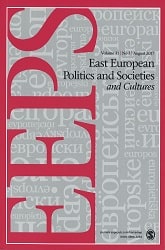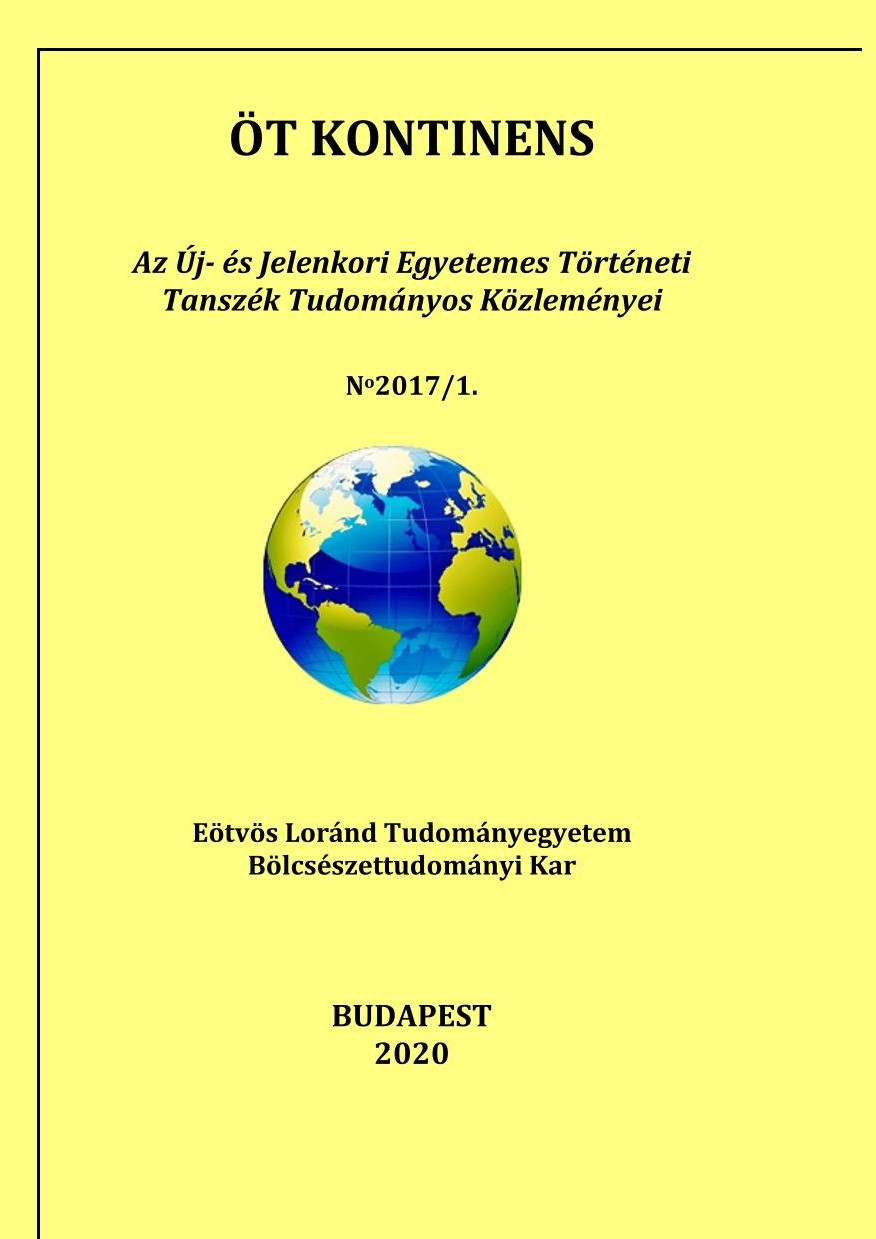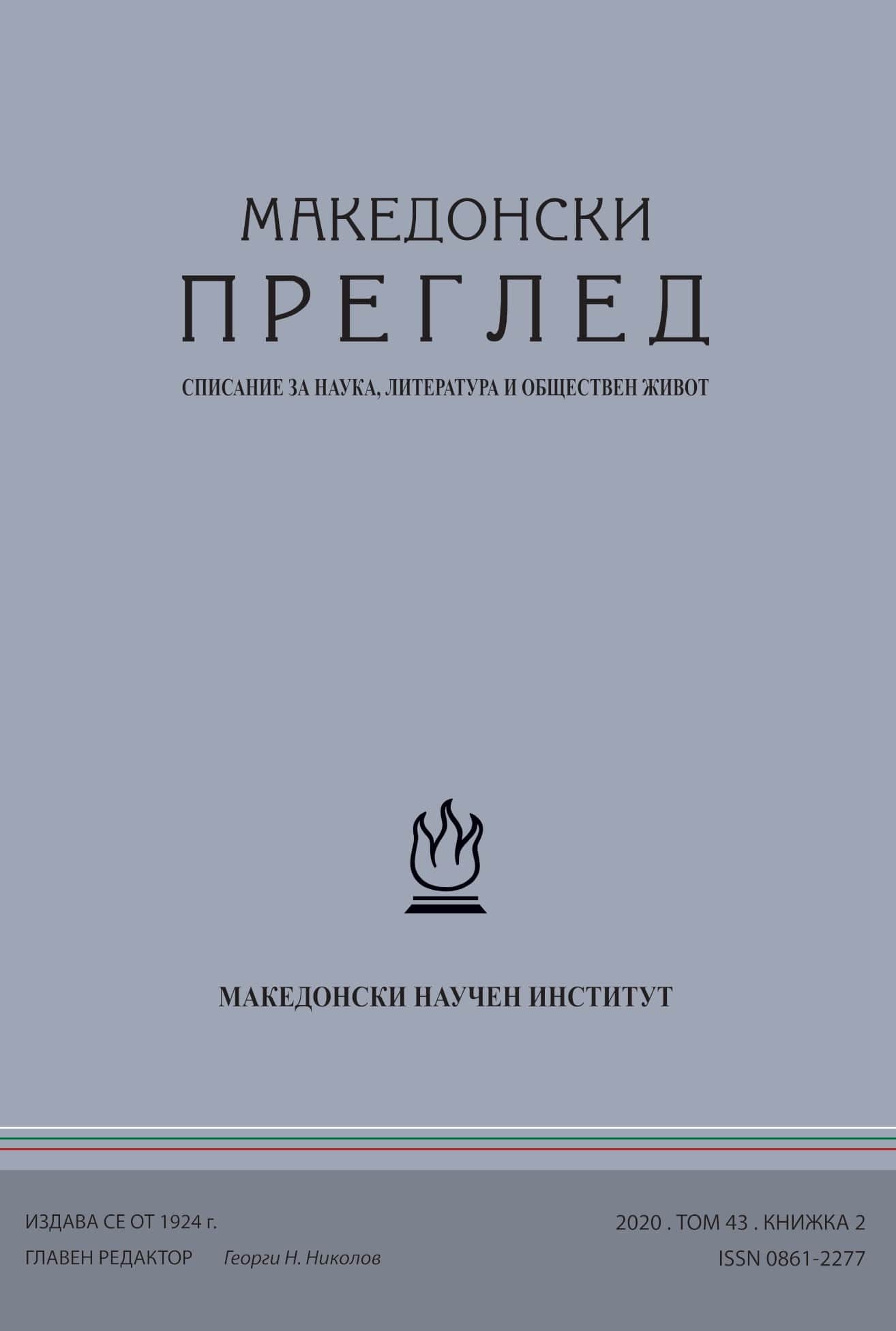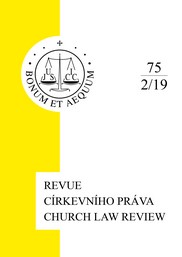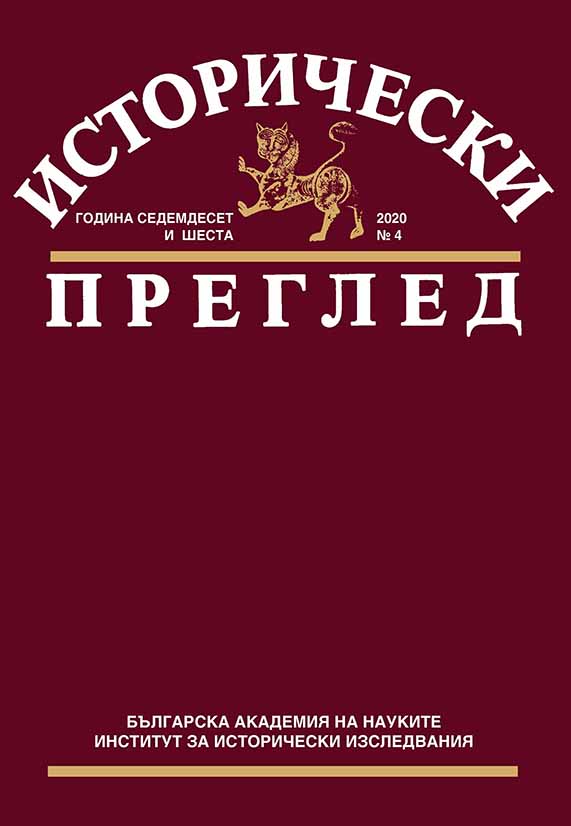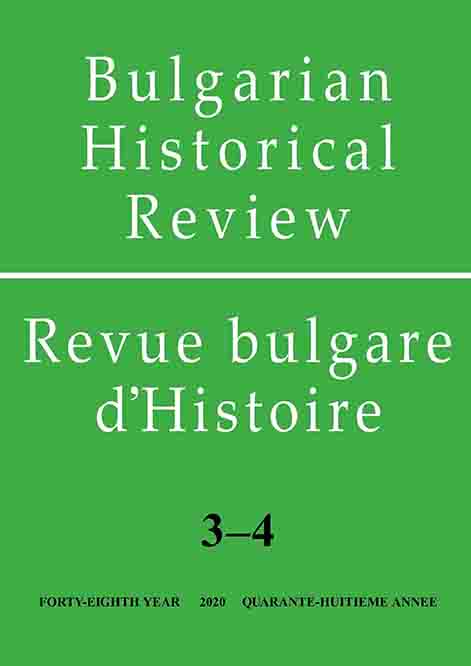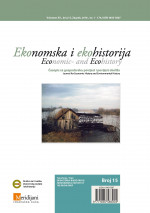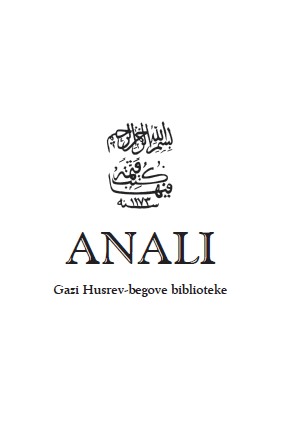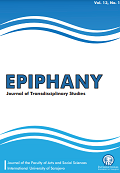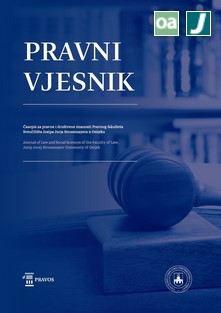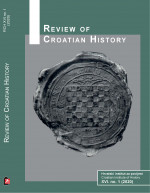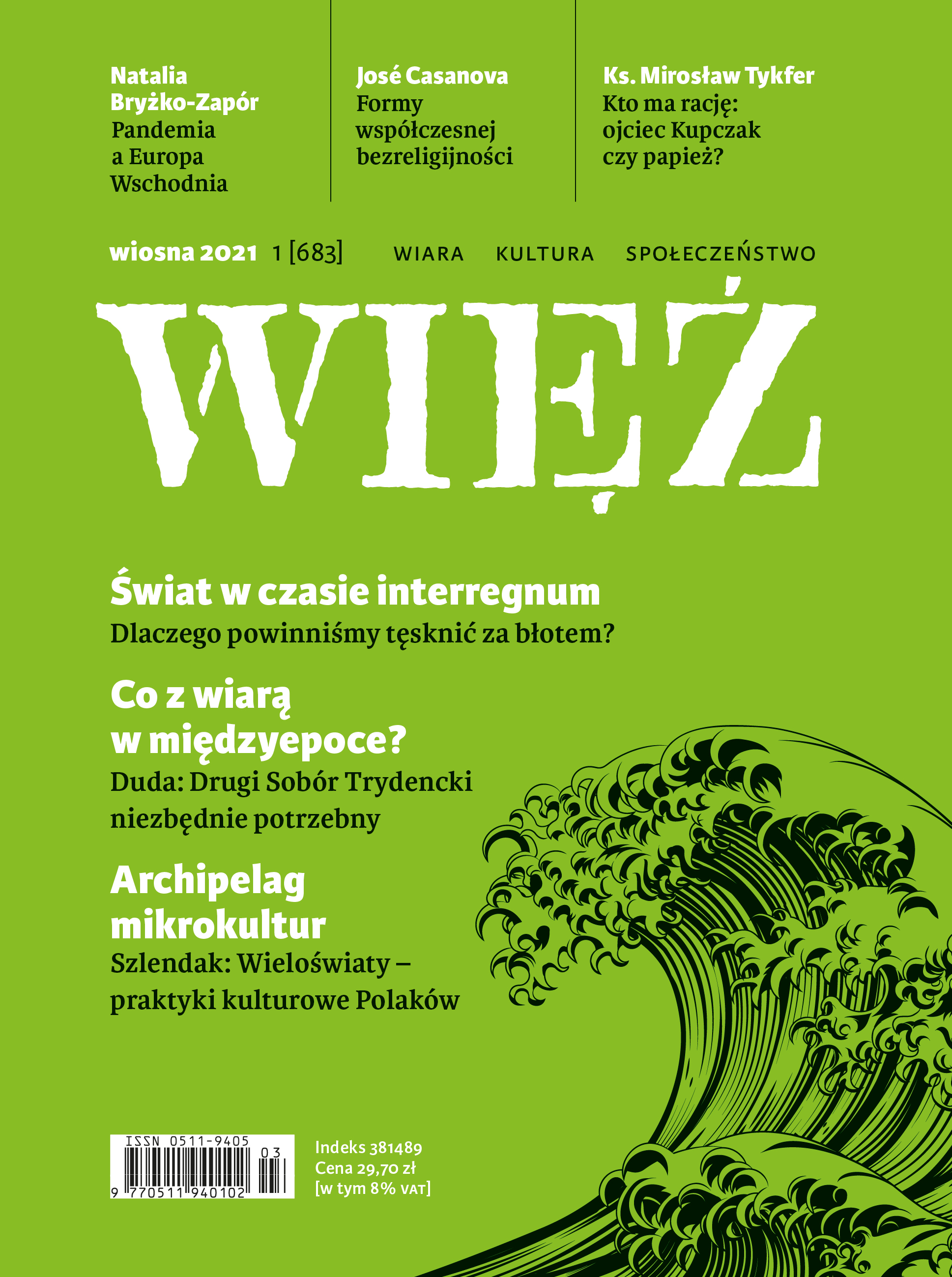Author(s): Nataša Kolar / Language(s): Slovenian
Issue: 15/2019
Nineteenth century was an era of many changes occurring in the everyday life of our ancestors. Altered political, economic, social and administrative conditions had thus transformed many towns on our old continent. Numerous novelties that emerged in the 19th century, were also adopted in Ptuj; some took a while, such as railway that was established only ten years after the opening of the Southern Railway; others came faster. Among the latter can be cited the removal of town ramparts and the filling-up of moats that started already at the end of the 18th century and lasted until the mid-19th century. Despite a rather prosperous economic position of Ptuj, public facilities in the town were quite in a poor state in the first half of the 19th century. Citizens living near the river were complaining about the smell and sewage that was washed down the streets from the upper part of town, in particular from houses at the foot of the castle hill. Due to numerous natural disasters, floods and fires, Ptuj fell into decay. Countless complaints and objections regarding the bad management of the town and poor fire protection finally made town dignitaries and municipal administration do something about public facilities and environment protection from the mid-20s of 19th century on. Main changes in the domain of public facilities in the town occurred during the term of mayor Franz Raisp (1824-1850). He has the merit that roofs of houses in the town were covered with tiles that replaced wooden shingles. Town streets were flanked with sidewalks paved with cobbles; public lighting was renewed. However, in the mid-19th century, despite the strivings of the town administration, streets in the town were in a very poor shape which was mainly due to uncleanliness. Citizens and the town council were well aware of the need to have the main drain, which was finally built towards the end of the 19th century; during the same period, many houses were renovated and almost all of them had a septic tank. From the mid-19th century on, the medieval town skyline was completed with the Orient railway and a park with a promenade. On the northern part of the town, Ptuj citizens created another small park with a pond and named it »People’s Garden«, for it represented a nice short trip destination. For a better protection against floods, various works were carried out on both river banks during the 19th century. Between 1897 and 1907 river banks were strengthened with supportive walls, the investment which included also the renovation of the town park along the Drava river. The majority of restoration and construction works carried out on municipal property were realised during the term of mayor Josef Ornig (1894-1918), who was German in his heart, but it was thanks to him that Ptuj knew an important development in terms of public utilities before WWI.
More...

